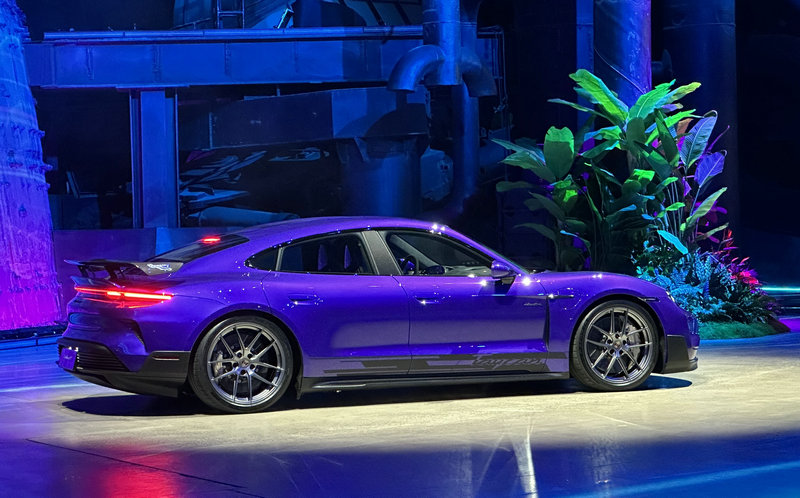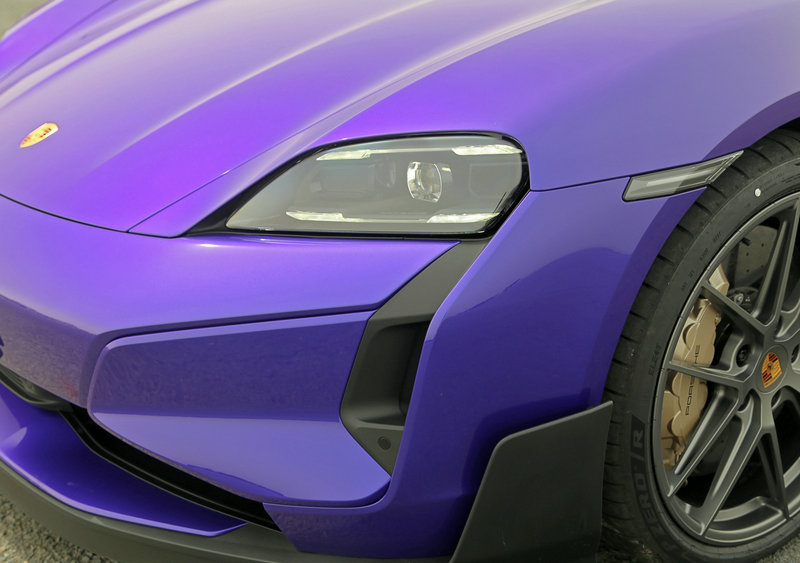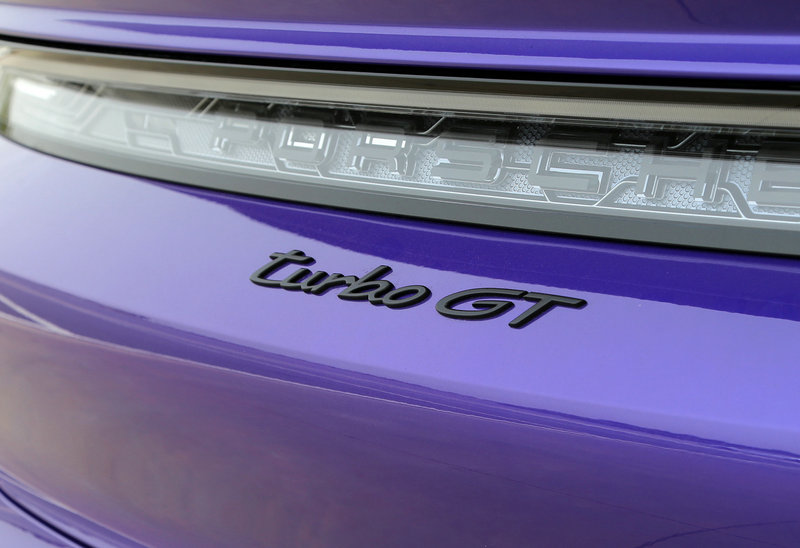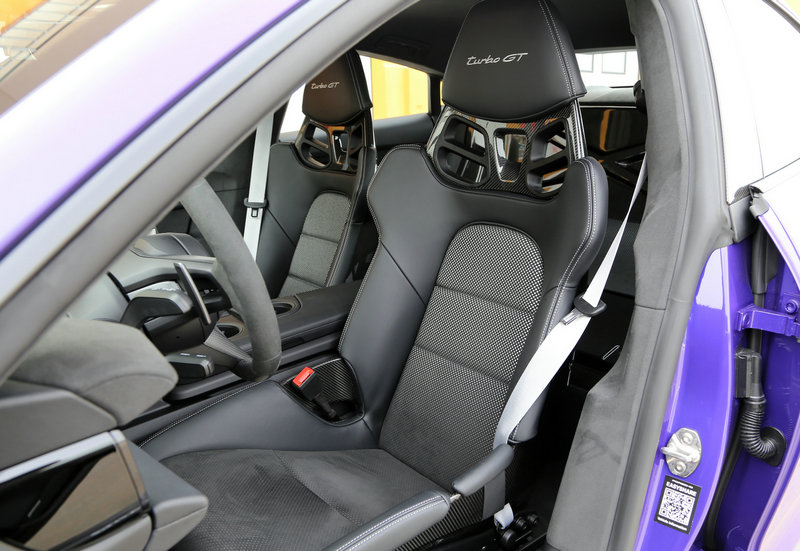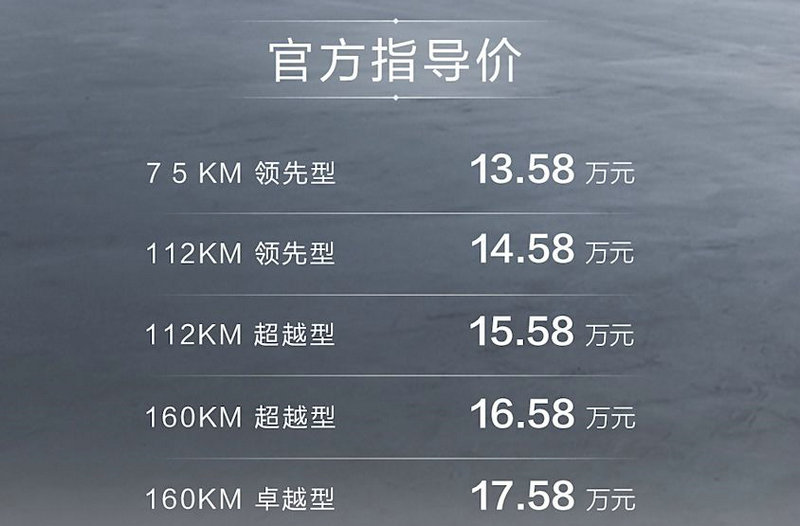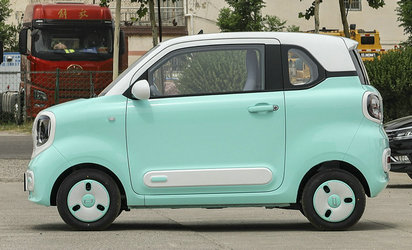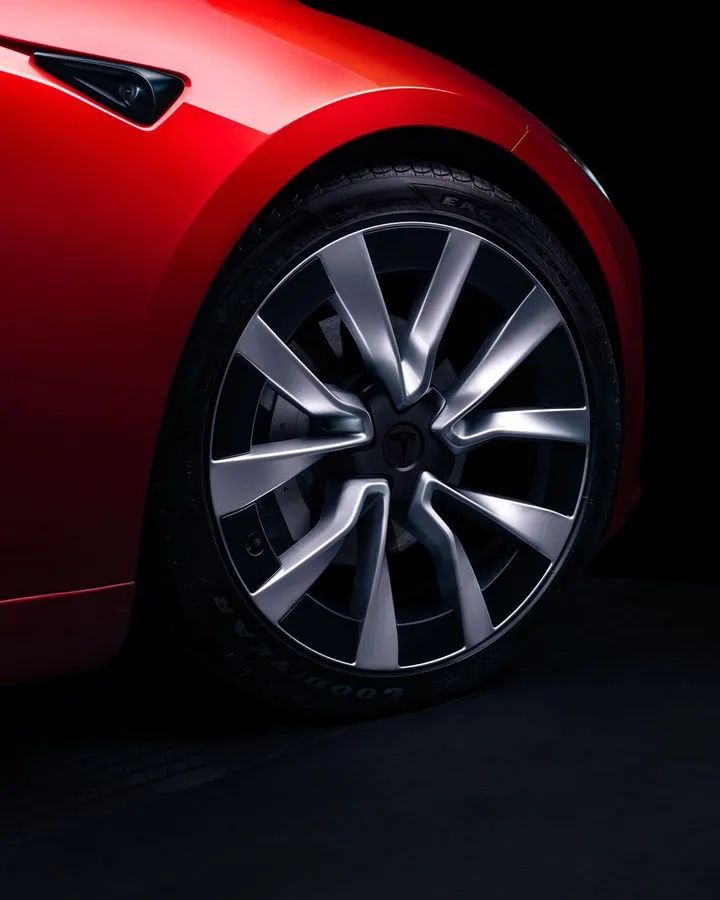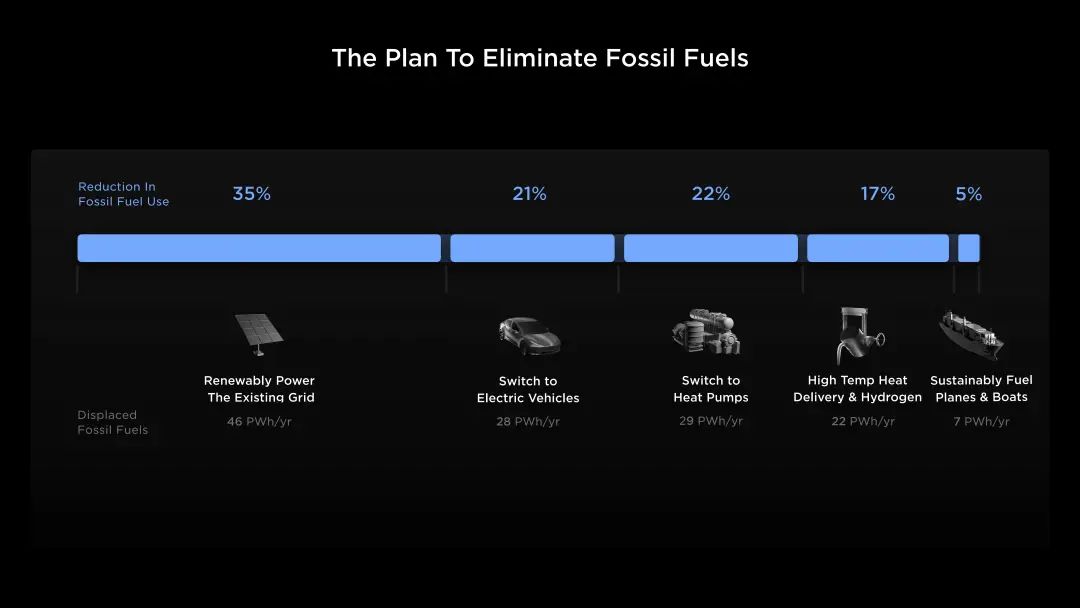Porsche EV Car Taycan Turbo GT makes its debut in China
On the evening of April 23rd, during the Porsche Night event, the Porsche Taycan Turbo GT made its debut in China. It is a pure electric midsize to large vehicle designed for the racetrack and represents the most powerful variant of the Taycan lineup. It boasts 1,000 horsepower, accelerates from 0 to 100 km/h in 2.3 seconds, and has a top speed of 290 km/h. The Weissach Package version achieves an acceleration of 0-100 km/h in 2.2 seconds and a top speed of 305 km/h. Both models are priced at 1.998 million RMB in China. Additionally, Porsche officially announced that a new derivative model of the Taycan will be unveiled for the first time during the Beijing Auto Show on April 25th.
Porsche Taycan Turbo GT Introduction
In terms of appearance, the Porsche Taycan Turbo GT exhibits a distinctive design. The Porsche Taycan Turbo GT has undergone aerodynamic optimization for its entire front grille, giving it a distinctive and aggressive appearance.Porsche has redesigned the front bumper to adopt the style of a racing car, and they have added side fins to both the front and rear bumpers. The front headlights have a streamlined design with a relatively simple internal structure. In order to reduce weight and enhance its handling capabilities, the Weissach Package model removes unnecessary features.
The vehicle measures 4,926 mm in length, 1,966 mm in width, and 1,381 mm in height, with a wheelbase of 2,900 mm. The side profile showcases the classic Porsche contour lines. It features a carbon fiber ducktail spoiler, and with the Weissach Package, an eye-catching carbon fiber rear diffuser that adds a "racing" attribute. When combined with the overall aerodynamic kit, it provides an additional 220 kg of downforce.
As standard, the Turbo GT comes with Pirelli P ZERO R semi-slick tires that have the Porsche N-rating. These tires are matched with 21-inch forged GT wheels that are exclusive to this model. The wheels prominently showcase front PCCB carbon-ceramic brake discs, which have a diameter of 420 mm. To guarantee outstanding braking performance, the vehicle is fitted with ten-piston calipers.
In terms of the interior, the overall layout of the center console remains unchanged, including the fully digital instrument cluster and central touchscreen display, as well as the independent air conditioning control screen. Porsche has removed the passenger-side screen and eliminated the previous clock in the center, emphasizing a driver-centric focus. The interior of the Taycan Turbo GT showcases Alcantara upholstery on the steering wheel and center console, which enhances its sporty characteristics.
The seats have been replaced with carbon fiber bucket seats that provide excellent support. The lower right section of the steering wheel features the PASM (Porsche Active Suspension Management) and drive mode selector. To activate the Turbo GT's "Attack Mode," there are two methods: pressing the button in the middle of the mode selector or using the "+" paddle behind the right side of the steering wheel.
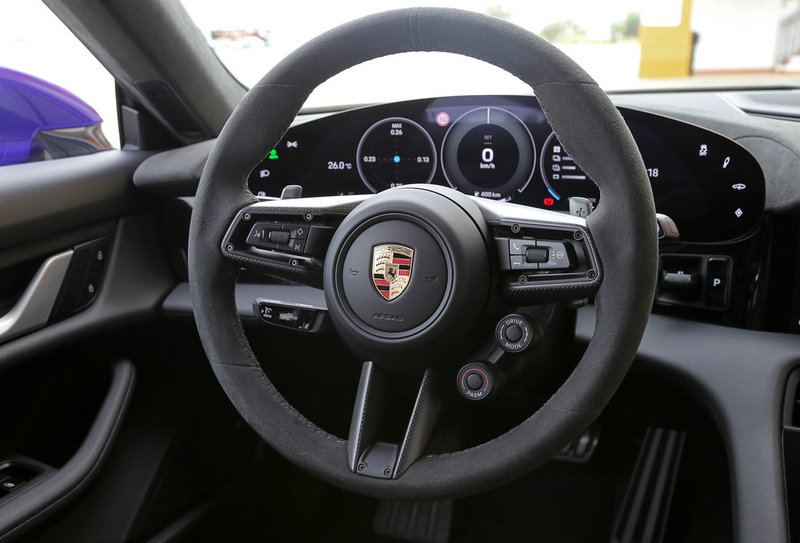 Taycan Turbo GT Interior - steering wheel
Taycan Turbo GT Interior - steering wheel
The Porsche Taycan Turbo GT features dual motors, positioned at the front and rear, which generate a maximum power output of 760 kW (1,034 hp) and a maximum torque of 1,300 Nm. The usable maximum power during driving is 789 hp, while the launch control mode can unleash 1,034 hp. The Turbo GT accelerates from 0 to 100 km/h in 2.3 seconds, or 2.2 seconds with the Weissach Package. The 0-200 km/h acceleration time is 6.4 seconds. The top speed is 290 km/h for the former and 305 km/h for the latter. The vehicle is equipped with a 105 kWh battery, providing a WLTP-rated pure electric range of 554 km and 555 km. With the support of the 800V high-voltage platform, it only takes 0.3 hours to charge from 10% to 80%.
Porsche has equipped the Porsche Taycan Turbo GT with Porsche Active Ride active suspension as a standard feature. This suspension system has undergone special tuning to deliver sporty driving characteristics. It actively controls the compression and rebound travel of each damper using an electric pump powered by the 800V system, allowing for precise management of load distribution on every wheel. Notably, this represents a significant milestone as the first active suspension system developed specifically for a sports model in commercially available vehicles.Compared to the 48V PDCC (Porsche Dynamic Chassis Control) system that controls body movements through anti-roll bars, the advanced nature of the active suspension system represents a significant leap forward in terms of control dimensions and precision.
The above is the full content of Porsche EV Car Taycan Turbo GT makes its debut in China

